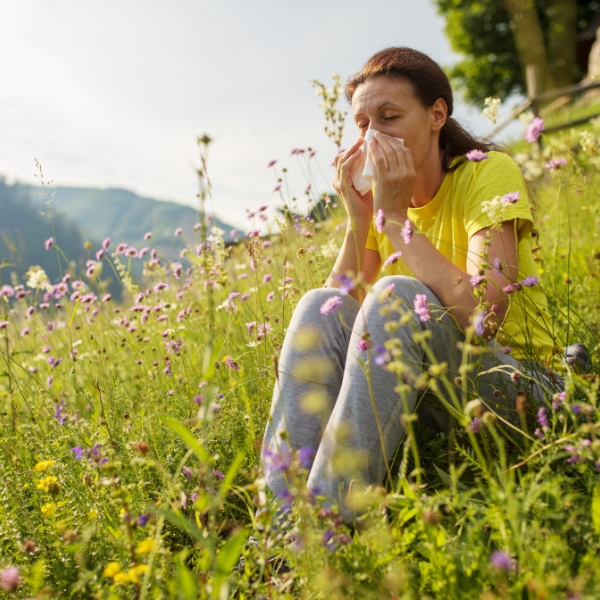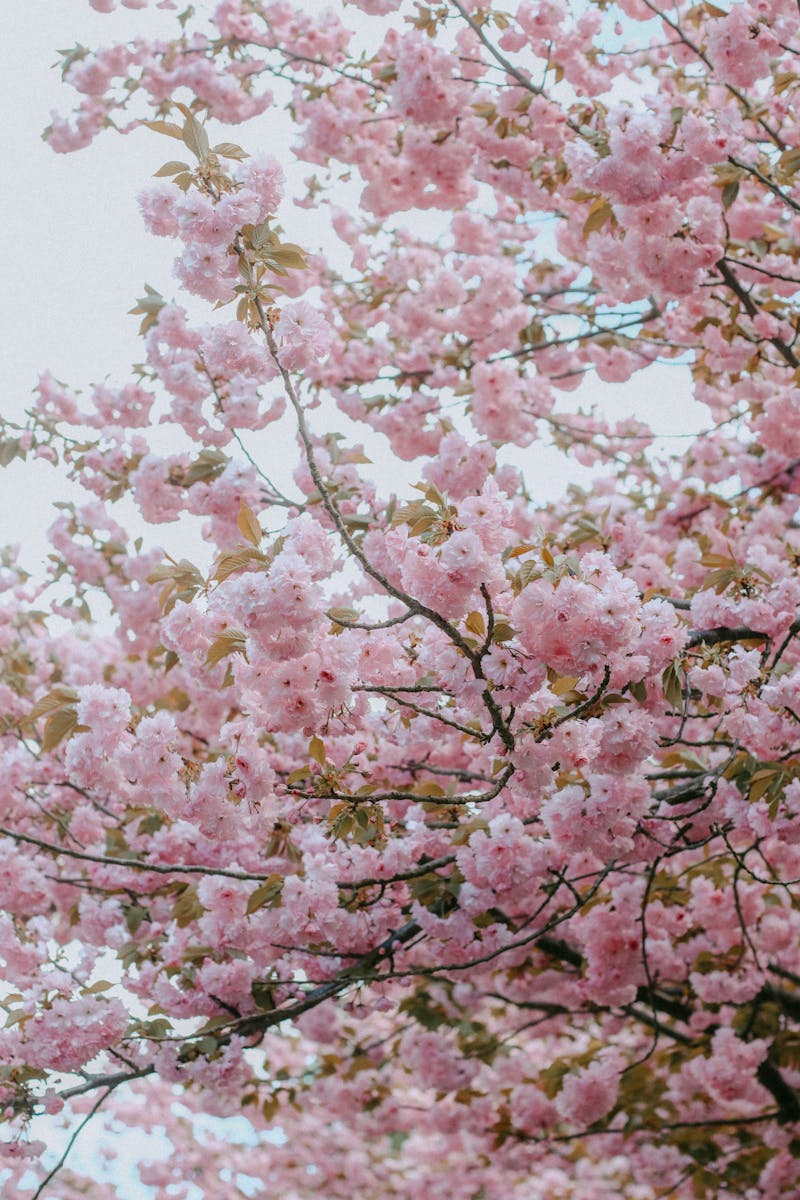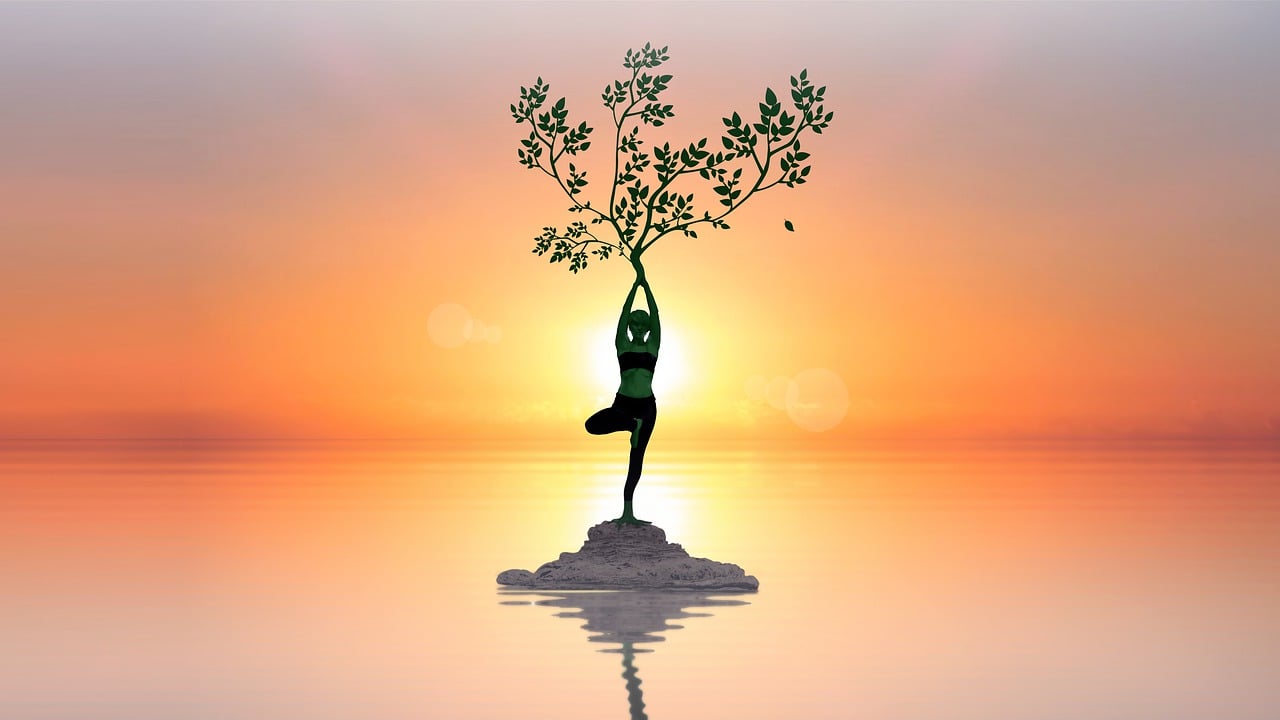Understanding Pollen Seasons in Northern Virginia
As the seasons change in Northern Virginia, so too does the air we breathe. For many residents, this transition brings not only beautiful blooms and vibrant landscapes but also an unwelcome companion: pollen. Understanding pollen seasons is essential for anyone living in or visiting this picturesque region. In this blog post, we’ll explore what causes pollen production, identify common allergens throughout the year, discuss tips for managing allergies, and highlight how local weather patterns influence pollen levels.
What Causes Pollen Production?
Pollen is a fine powder produced by trees, grasses, and weeds as part of their reproductive cycle. It serves as a means of transferring genetic material to fertilize other plants. The amount of pollen released into the air can vary significantly based on several factors:
- Plant Type: Different species produce varying amounts of pollen at different times.
- Weather Conditions: Temperature, humidity, and wind play crucial roles in how much pollen is dispersed.
- Geographic Location: Urban areas may have higher levels due to landscaping choices compared to rural settings.
In Northern Virginia specifically, several types of plants contribute to seasonal allergies. Trees like oak and maple release their spores early in spring; grasses take over during late spring through summer; while ragweed becomes prominent as fall approaches.
Common Allergens Throughout the Year
Understanding when specific allergens peak can help you prepare for allergy season effectively. Here’s a breakdown of common pollens by season:
Spring (March – May)
- Trees:
– Oak (April)
– Maple (March)
– Birch (April)
– These trees are among the first to release their pollen as temperatures rise.
Summer (June – August)
- Grasses:
– Timothy grass and Bermuda grass
– Grass pollination peaks during warm months when outdoor activities increase.
Fall (September – November)
- Weeds:
– Ragweed
– This notorious allergen can travel long distances via wind and often triggers severe allergic reactions.
Winter
- While most plants are dormant during winter months leading up to March, some indoor allergens like mold spores may still be present due to damp conditions.
By keeping track of these seasonal patterns, you can better anticipate your symptoms throughout the year!
Impact of Local Weather Patterns
Northern Virginia’s climate plays a significant role in determining how much pollen is present at any given time. Factors such as temperature fluctuations and precipitation impact both plant growth cycles and airborne allergen levels:
- Temperature:
– Warmer winters may lead to earlier blooming periods for trees.
– Extended warm spells can prolong grass pollination into late fall.
- Rainfall:
– Rain helps settle dust particles but excessive rain might encourage mold growth indoors.
– A dry spell following rain often leads to increased airborne pollen from blooming plants.
Being aware that weather changes directly affect your exposure will allow you greater control over your environment—especially if you’re prone to allergies!
Tips for Managing Allergy Symptoms
If you’re one of many who suffer from seasonal allergies in Northern Virginia—or know someone who does—here are some practical tips that could ease discomfort:
- Stay Informed: Check local forecasts or apps dedicated solely to tracking daily pollen counts before heading outside.
- Limit Outdoor Activities During High Pollen Days: If possible, avoid going outdoors when counts are highest—usually mid-morning until early evening on sunny days with low winds.
Other strategies include wearing sunglasses outdoors to keep eyes protected or using HEPA filters inside your home which trap allergens efficiently!
Seeking Professional Help
For those struggling with persistent allergy symptoms despite lifestyle adjustments or over-the-counter medications—it might be time for professional assistance! An allergist can provide tailored advice based on individual needs including potential testing options such as skin prick tests which determine specific sensitivities more accurately than general assessments alone.
Additionally:
- Consider immunotherapy treatments if recommended—they gradually desensitize patients against specific allergens over time!
- Stay proactive about maintaining open communication regarding symptom management strategies with healthcare providers whenever necessary!
In conclusion, whether it’s enjoying cherry blossoms blooming along scenic roadsides or reveling amidst lush green parks filled with lively families—the beauty found within Northern Virginia comes hand-in-hand with its unique challenges posed by nature itself! By understanding these vital aspects surrounding our local ecosystem, you empower yourself towards creating healthier experiences all year round!
news via inbox
Stay Connected
Specializing in:








